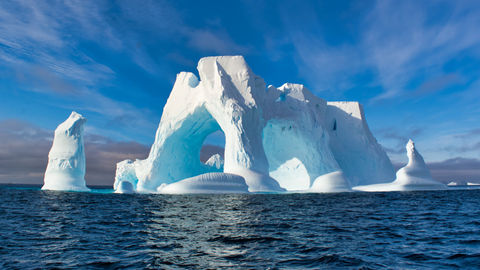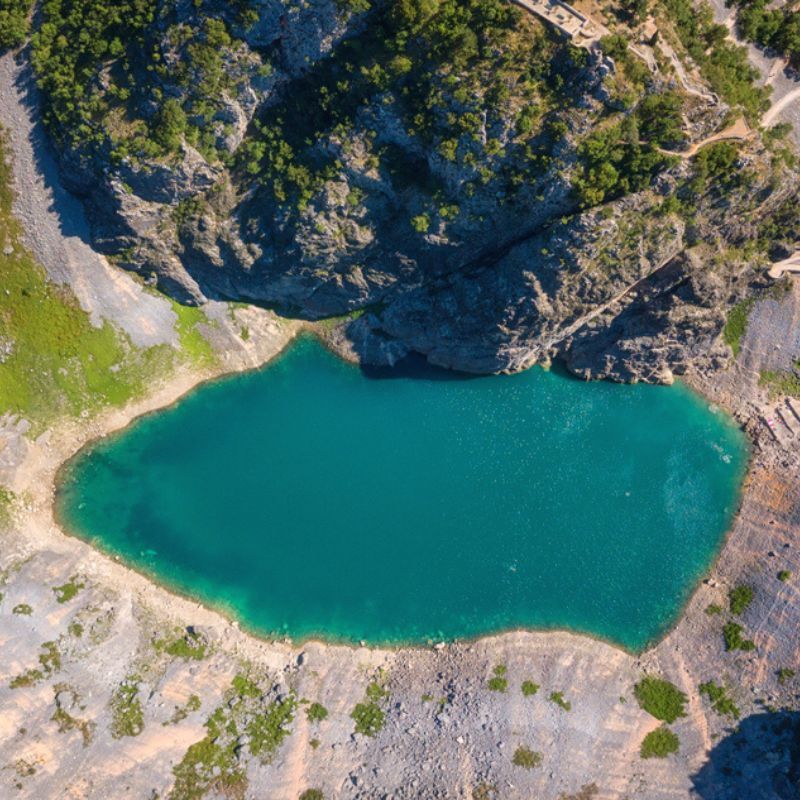
The world’s largest iceberg in Antarctica, A-68, just got smaller. As per latest reports, the giant chunk of ice has shed and drifted into the warm waters of the Antarctic Peninsula. By Upasana Singh
The European Space Agency’s Sentinel-1 satellite recorded the footage of a sizeable chunk of ice measuring about 175 sq. km breaking away from the world’s largest iceberg, A-68. Due to the massive chunk shedding off, the size of A-68 has visibly decreased. It is assumed that the iceberg might gradually start splitting into smaller pieces. Scientists believe that climate change is one of the main reasons behind the slow collapse of the iceberg.
View this post on Instagram
In July 2017, at around 5,100 sq. km, the iceberg split apart and broke free from the Larson C Ice Shelf. The latest event is the second incident that the glacier has calved away. According to glaciologist Adrian Luckman, this represents the beginning of the end of this icy giant. Luckman has been observing the movement and progress of the glacier over the past three years. He stated that although the final breakup has started, the destruction of the ensuing fragments might take years.
Despite A-68 being the world’s largest iceberg, it is remarkably thin. “I am continually amazed that something so thin and fragile has lasted so long on the open sea,” the Swansea University researcher told BBC News. The aspect ratio of A-68 can be imagined to be more like a credit card than a typical iceberg.
View this post on Instagram
The name A-68 comes from a classification system by the US National Ice Centre. The entire Antarctic is divided into quadrants and because the iceberg broke off from the Larsen C Ice Shelf in the Weddell Sea, it was attributed with an ‘A’ designation. And 68 was the latest number in the series of large carvings in that sector.
Before splitting off in 2017, the A-68 was close to 6,000 sq. km in area, with an average thickness of about 190 m. The chunk of ice that has now broken off is currently moving past the South Orkney Islands at the far tip of the Antarctic Peninsula. Luckman tweeted that the 175 sq. km piece that is more than 19 km long will probably get its own name in the future.
Related: Antarctica Heatwave Melted 20% Of An Island’s Snow In 9 Days!










